Distractions and inattention can cause your vehicle to drift out of its lane. In the worst case scenario this can cause you to hit another vehicle head-on. Lane departure warning systems are a suit of technology that warns drivers if they drift out of their lane and (in some cases) takes minor corrective action.
These systems monitor the lines on the roads using cameras. If your car drifts they will do one or more of:
- Make a sound (usually either a beep or a low rumble)
- Give a visual warning (usually a flashing light on the dashboard, like the image below)
- Vibrate the steering wheel (simulating how a rumble strip feels to drive over)
- Apply slight steering to the steering wheel to keep you in the lane.
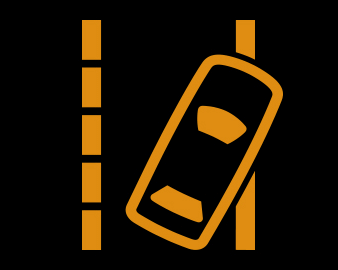
A standard lane departure warning light on the dashboard
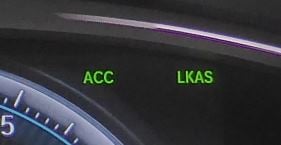
Lane keep assist light on a Honda
You can turn the system off using a button similar to the one on the bottom right.
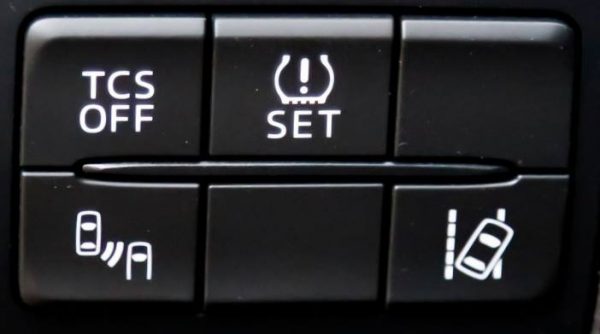
Buttons for traction control, tyre pressure, blind spot monitoring and lane departure warning
Advanced lane keep systems, when combined with radar cruise control, are a low-level autonomous driving system that can cope with motorway driving. The cruise control will slow the vehicle down if you catch up with traffic, and motorways tend not to have sharp turns that would unsettle lane departure systems when they are trying to keep you in the lane.
Names for lane departure systems
While the generic term is lane departure warning, different manufacturers call their systems different names, for example:
- Lane Keeping Assist (Lexus)
- Lane Keep Assist (Toyota)
- Lane Departure Warning System (Citroen)
More and more vehicles are available with these types of systems which were once the preserve of luxury vehicles.
When don’t lane departure systems work?
Lane departure systems don’t operate when your indicator is on. They can get confused on city streets where there are a lot of lines.
As they rely on visually seeing the lines they don’t work on unlaned roads, gravel roads, where the lane lines have been burned off or worn off, in low light conditions (e.g. night-time with heavy rain), if the camera or sensor is dirty and if the lines are covered by snow.
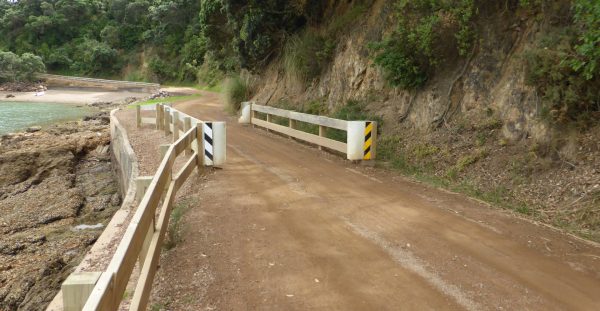
There are no lines on this gravel road, therefore nothing for lane departure warning systems to monitor
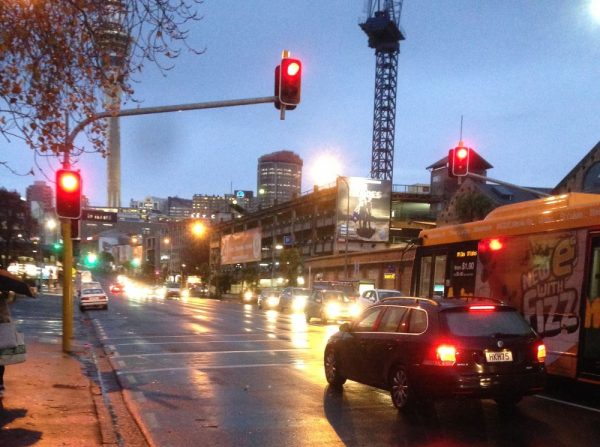
Wet roads with glare can confuse lane departure systems
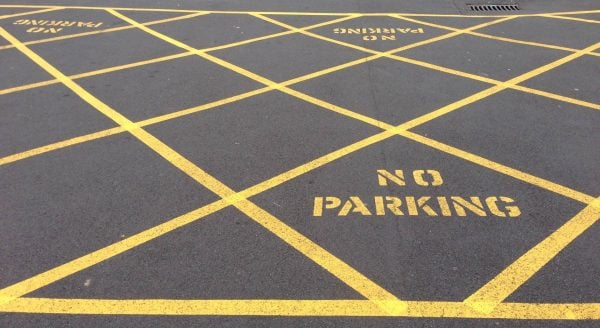
Unusual road markings such as cross hatching, can confuse them

Where the road lines are obscured, lane departure warnings won’t work

